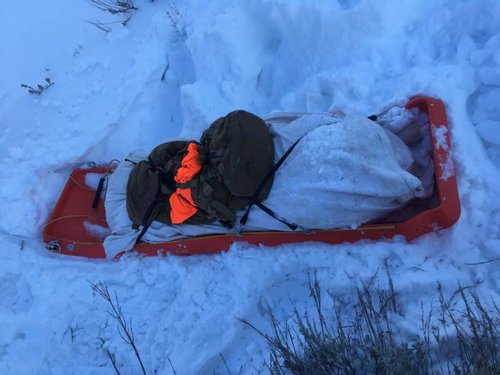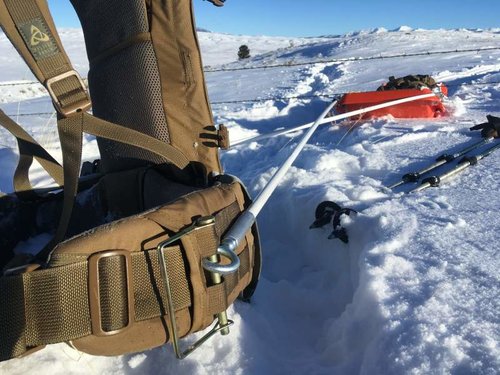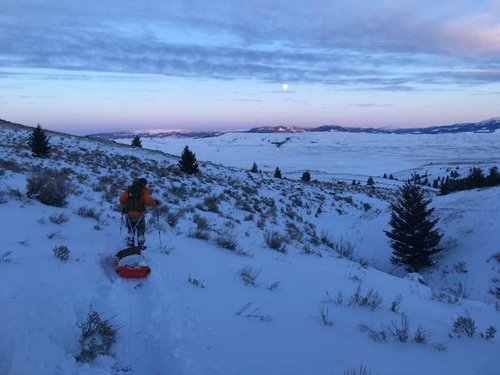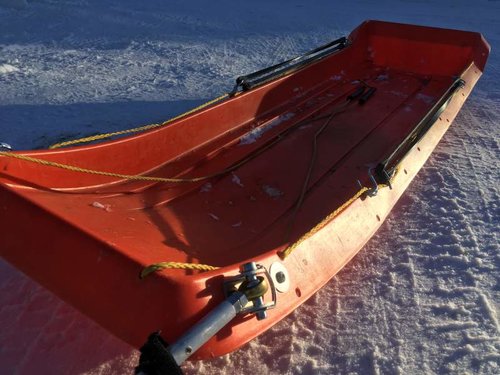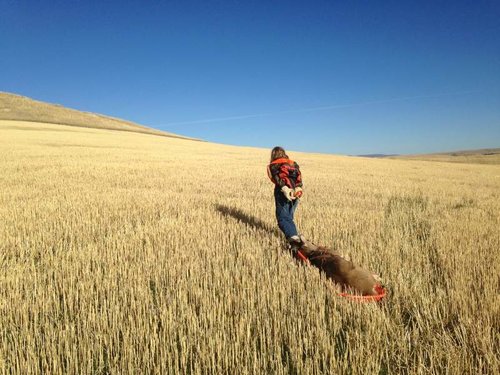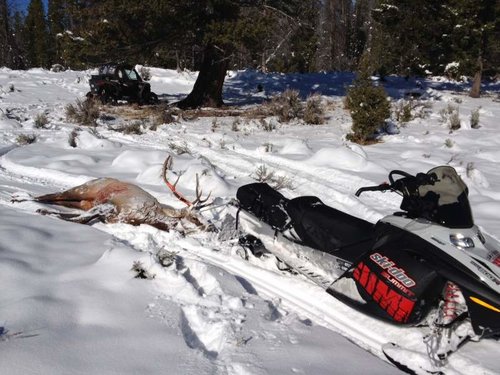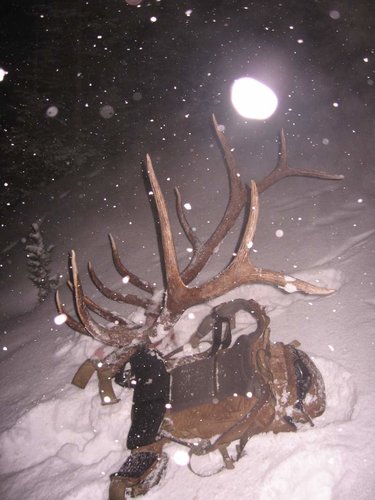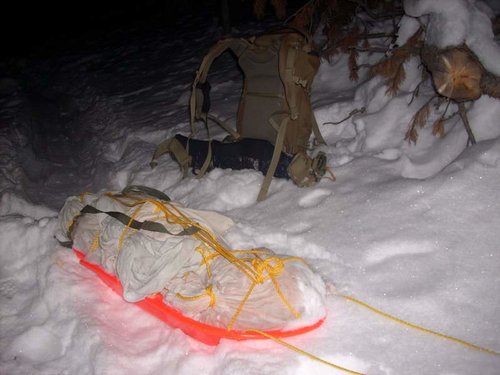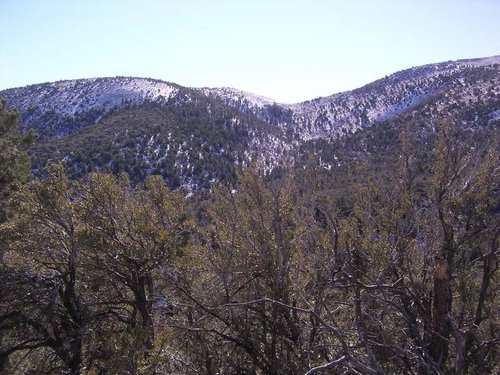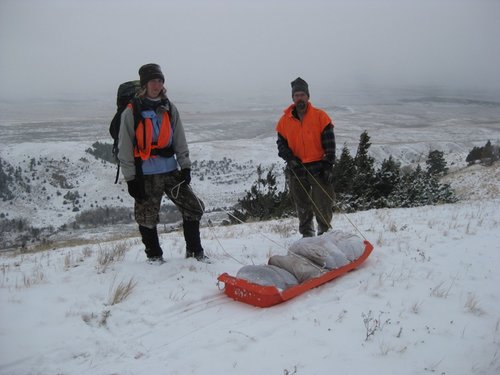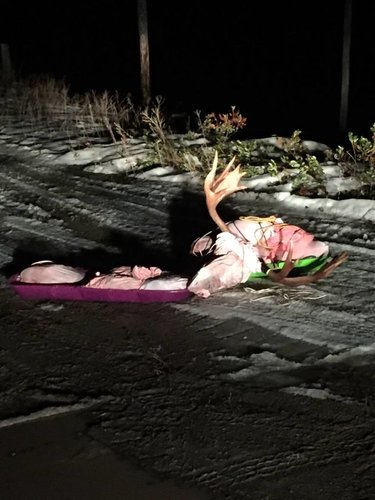RobG
Well-known member
Have any of you used these pulk poles on a sled for heavy (300#) loads on a sled? I normally use a heavy duty sled (like this) to pull a boned elk or full deer out and it works ok, but having poles attached to a wastebelt makes it far easier. They give directions on how to build the poles out of fiberglass poles, but at $120 it might be worth it if they give enough stability.
A regular cross country skiing sled works extremely well but they are very expensive.
rg
A regular cross country skiing sled works extremely well but they are very expensive.
rg




